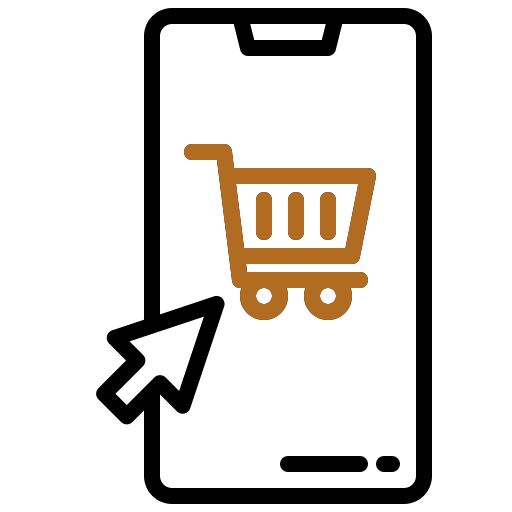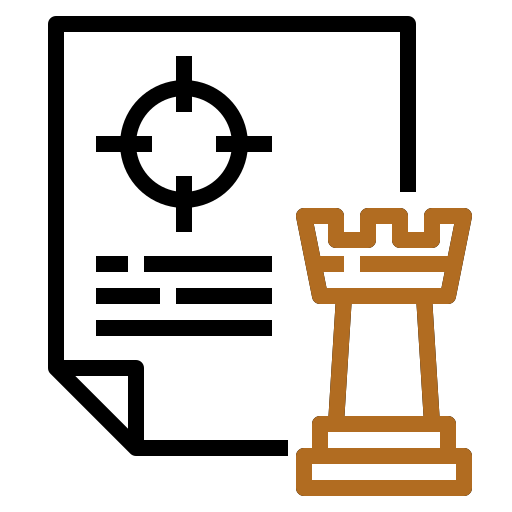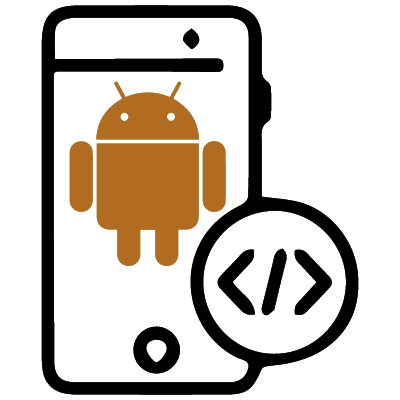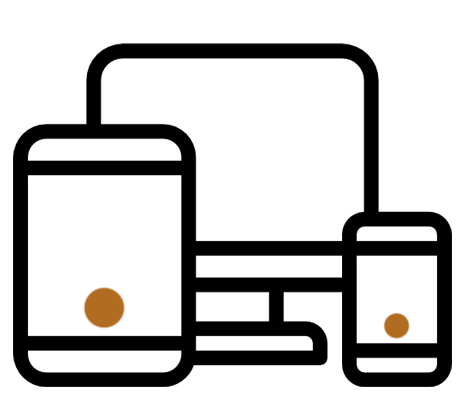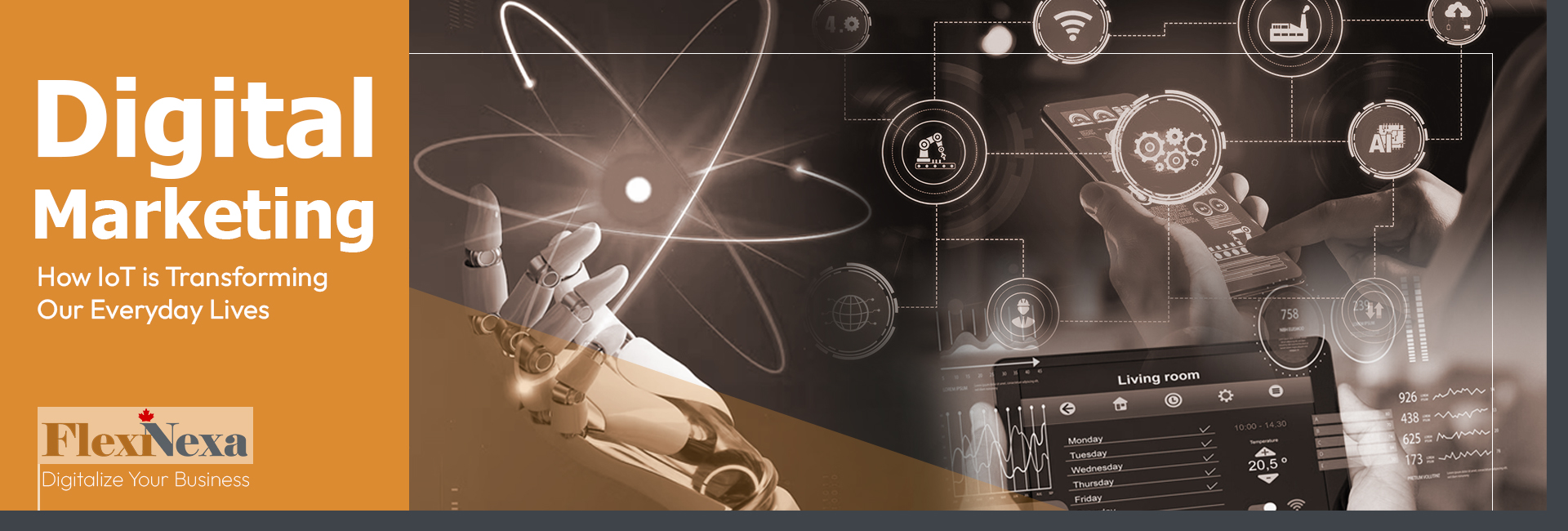IoT technology is rapidly changing the way we live, work, and interact socially. From smart devices we use in our homes to wearable technology that monitors our health, IoT has become an essential part of our connected living.
This article, titled “How IoT is Transforming Our Everyday Lives,” has been produced by the Research and Development unit of Flexinexa. It provides an in-depth analysis of the impacts of IoT on daily life.

What is the IoT?
The Internet of Things (IoT) is a network of devices, appliances, vehicles, buildings, and other objects that are connected to each other through the internet. These devices can collect, transmit, and receive data. They are equipped with sensors, processors, and software that allow them to record their environmental data, analyze it, and send it to other devices or systems.
Key Components of IoT:
Devices: This includes all objects that are connected to the internet. These devices can be sensors, cameras, home appliances, industrial machines, or even vehicles.
Network: The communication network that IoT devices use to transmit data to central servers or other devices. These networks can be established via Wi-Fi, Bluetooth, mobile networks (such as 5G), and other protocols.
Processing Platforms: After data is sent from the devices, it is processed on these platforms. These platforms can store, process, and analyze data to extract useful information.
Applications: Various software applications that, using the processed data from IoT devices, allow end-users to control, manage, and monitor these devices.
How IoT Works:
Data Collection: IoT devices use their sensors to gather data from their surroundings. This data can include temperature, humidity, location, speed, or any other relevant information.
Data Transmission: After collection, the data is transmitted through the network to central servers or other connected devices.
Data Processing and Analysis: The collected data is processed on servers. This processing may involve simple storage and basic analysis or may include complex AI and machine learning algorithms to extract valuable insights.
Decision-Making and Action: Based on the data analysis, IoT systems can make decisions and perform automated actions. For example, in a smart home, the HVAC system could automatically turn on or off based on the current temperature in the house.

IoT and Digital Marketing
The Internet of Things (IoT) has a significant impact on digital marketing, enhancing and optimizing various marketing strategies in several key areas:
Precise Data Collection:
IoT devices connected to the internet gather large amounts of accurate and up-to-date data from customers and users. This data can include behavioral patterns, purchasing preferences, product usage times, and geographical locations. Marketers can use this information to create more personalized and targeted marketing strategies.
Improved Customer Experience:
IoT allows companies to enhance the user experience. For instance, a smart home device can use collected data to automatically adjust products and services according to the user’s preferences. This personalized experience leads to higher customer satisfaction and increased loyalty.
Automated Marketing Campaigns:
IoT enables the execution of automated and intelligent marketing campaigns. For example, a smart refrigerator could automatically send relevant discounts to the user when groceries are running low. This type of automation leads to higher conversion rates and improved marketing campaign efficiency.
More Accurate Targeting:
IoT data helps marketers better understand their audience and precisely target their advertisements to specific user groups. This reduces budget wastage and increases the effectiveness of advertising efforts.
Creation of New Marketing Channels:
IoT can create new marketing channels such as wearable devices, smart home appliances, and connected cars. These channels offer new opportunities to engage with customers.
Predictive Analytics:
By analyzing IoT data, marketers can make accurate predictions about future customer behavior. This allows them to design proactive strategies to meet future customer needs.
Overall, IoT offers vast possibilities for digital marketing, enabling companies to provide more accurate data, smarter strategies, and a better customer experience.

The effects of the IoT on daily life
Smart Homes:
- Automation of Tasks: Smart devices such as thermostats, lighting systems, and security systems can automatically operate based on the user’s needs and preferences. This includes turning lights on and off, adjusting home temperature, or locking and unlocking doors.
- Enhanced Security: IoT-equipped security systems allow you to monitor your home remotely. You can check cameras, activate alarms, and even lock doors using your smartphone.
Health and Wellness:
- Health Monitoring: Wearable devices like smart bracelets and watches can track vital signs such as heart rate, blood oxygen levels, and physical activity, sending this data to doctors or health apps. This facilitates early disease detection and better health management.
- Telemedicine: IoT has enabled the provision of medical services remotely. Doctors can monitor their patients’ conditions through the internet and even perform initial treatments.
Smart Transportation:
- Connected Vehicles: IoT-equipped vehicles can connect to a network of information, including traffic, road conditions, and navigation services. This can improve safety, reduce traffic congestion, and optimize travel routes.
- Smart Parking: Smart parking systems can inform drivers about available parking spaces and guide them to the nearest open spot.
Smart Cities:
- Resource Management: IoT can help cities manage their resources more efficiently. For instance, sensors installed on streets can optimize energy use or make waste collection more efficient.
- Public Safety Enhancement: IoT-based surveillance systems can improve public safety by automatically detecting unusual activities and notifying authorities.
Smart Agriculture:
- Environmental Control: Farmers can use IoT sensors and devices to monitor weather conditions, soil moisture, and plant health. This information can help increase yields and reduce resource waste.
- Smart Irrigation: IoT-based irrigation systems can optimize water usage by automatically adjusting the timing and amount of water needed.
Commerce and Industry:
- Supply Chain Management: IoT can improve supply chain management. Companies can accurately track the movement and condition of goods throughout the supply chain, optimizing processes and reducing costs.
- Predictive Maintenance: Industrial IoT devices and machines can continuously monitor their own status and notify the need for maintenance before a breakdown occurs.

Reasons for the importance of IoT
The Internet of Things (IoT) is of great importance for several reasons, contributing to the improvement of daily life, increasing industrial efficiency, and creating new business opportunities:
Increased Efficiency and Productivity:
IoT allows companies and organizations to automate processes and operations, leading to cost reductions and increased productivity. For example, smart manufacturing lines can continuously monitor and optimize their performance.
Improved Decision-Making:
Data collected through IoT devices leads to more accurate analytics, enabling managers and decision-makers to make better decisions. This data can analyze behavioral patterns, energy consumption, and equipment performance.
Enhanced Safety and Security:
In sensitive industries, IoT can help improve safety and security. For instance, in smart homes, sensors and security cameras can detect potential threats and alert homeowners.
Better User Experience:
IoT devices can offer a more personalized user experience. For example, wearable devices can collect health and fitness data and provide users with relevant recommendations.
Creation of New Business Opportunities:
IoT creates new avenues for businesses, such as data management services, predictive analytics, and providing smart solutions for homes and smart cities. These opportunities contribute to growth and innovation across various industries.
Improved Connectivity Between Devices and People:
IoT enables better connectivity and communication between devices and people, leading to the creation of more integrated and coordinated systems. These systems can automatically communicate with each other and make necessary optimizations.
Resource Conservation:
IoT can help manage resources more efficiently. For example, in smart agriculture, sensors can measure the exact amount of water plants need, preventing unnecessary consumption.
Preventive Maintenance and Reduced Downtime:
With IoT devices, potential failures and issues in equipment and machinery can be predicted and prevented. This leads to reduced downtime and extends the useful life of equipment.
Overall, IoT has a profound impact on various aspects of life and industries by creating a smarter, more connected world, offering new opportunities for improving efficiency, security, and user experience.
The transformative power of the Internet of Things (IoT) is reshaping the landscape of our daily lives, driving a profound shift towards Connected Living. Through the integration of Smart Devices and Wearable Technology, IoT is not only enhancing convenience but also enabling smarter and more efficient environments. Home Automation and Smart Homes have become the epitome of this digital revolution, allowing for seamless control and management of household functions, making our lives more comfortable and secure.
As IoT continues to permeate every aspect of life, from personal health to urban development, the concept of Smart Cities is emerging, promising to create more sustainable and efficient urban environments. However, as we embrace the benefits of this Digital Transformation, IoT Security remains a critical concern, requiring ongoing innovation to protect the vast amounts of data generated by these interconnected systems.
In conclusion, IoT is not just a technological advancement; it is a catalyst for a new era of living, where everything from our homes to entire cities operates smarter, more efficiently, and more securely. At Flexinexa, our commitment to driving this transformation forward will ensure that we remain at the forefront of this rapidly evolving landscape.
FAQ
Q1: What is IoT, and how does it impact our daily lives?
A1: The Internet of Things (IoT) refers to the network of connected devices that communicate and exchange data over the internet. IoT impacts our daily lives by making our environments smarter and more efficient. From Smart Homes with automated lighting and temperature control to Wearable Technology that monitors our health, IoT enhances convenience, safety, and overall quality of life.
Q2: How do Smart Devices contribute to Connected Living?
A2: Smart Devices are the backbone of Connected Living, enabling seamless interaction between various aspects of our daily lives. These devices, such as smart thermostats, security cameras, and wearable fitness trackers, connect to the internet and each other to provide real-time data and control, creating a more integrated and efficient living experience.
Q3: What are the benefits of Home Automation in a Smart Home?
A3: Home Automation in a Smart Home allows for the automatic control of various household functions, such as lighting, heating, and security. This leads to increased energy efficiency, enhanced security, and greater convenience, as systems can be managed remotely or programmed to respond to specific conditions without manual intervention.
Q4: What role does IoT play in Digital Transformation?
A4: IoT is a key driver of Digital Transformation, enabling businesses and individuals to leverage data from connected devices to make smarter decisions, optimize processes, and create new opportunities. By integrating IoT into their operations, organizations can improve efficiency, reduce costs, and offer more personalized services.
Q5: How does Wearable Technology impact personal health and fitness?
A5: Wearable Technology, such as fitness trackers and smartwatches, plays a significant role in personal health and fitness by monitoring vital signs, tracking physical activity, and providing insights into sleep patterns and overall wellness. This data empowers individuals to make informed decisions about their health and fitness routines.
Q6: What are Smart Cities, and how do they benefit from IoT?
A6: Smart Cities use IoT technology to improve urban infrastructure, enhance public services, and create a more sustainable living environment. By connecting traffic lights, waste management systems, and public transportation to the internet, Smart Cities can optimize resource use, reduce energy consumption, and improve the quality of life for their residents.
Q7: What are the security concerns associated with IoT, and how can they be addressed?
A7: IoT Security is a critical concern as the vast number of connected devices can create vulnerabilities in networks. To address these concerns, it is essential to implement robust security measures such as encryption, regular software updates, and strong authentication protocols to protect sensitive data and ensure the integrity of IoT systems.
Q8: How is IoT influencing the future of home and business environments?
A8: IoT is shaping the future of home and business environments by enabling smarter, more connected spaces. In homes, IoT enhances comfort, convenience, and security, while in businesses, it improves operational efficiency, reduces costs, and creates new revenue streams through innovative services and products.
Q9: How does IoT enable Connected Living in urban areas?
A9: IoT enables Connected Living in urban areas by integrating various systems such as transportation, utilities, and public safety into a cohesive network. This connectivity allows for better resource management, reduced congestion, and enhanced public services, contributing to a higher quality of urban life.
Q10: What is the significance of Digital Transformation in the context of IoT?
A10: Digital Transformation, powered by IoT, represents the integration of digital technology into all areas of business and daily life. It fundamentally changes how we operate and deliver value to customers, driving innovation, improving efficiency, and creating more responsive and personalized experiences.




